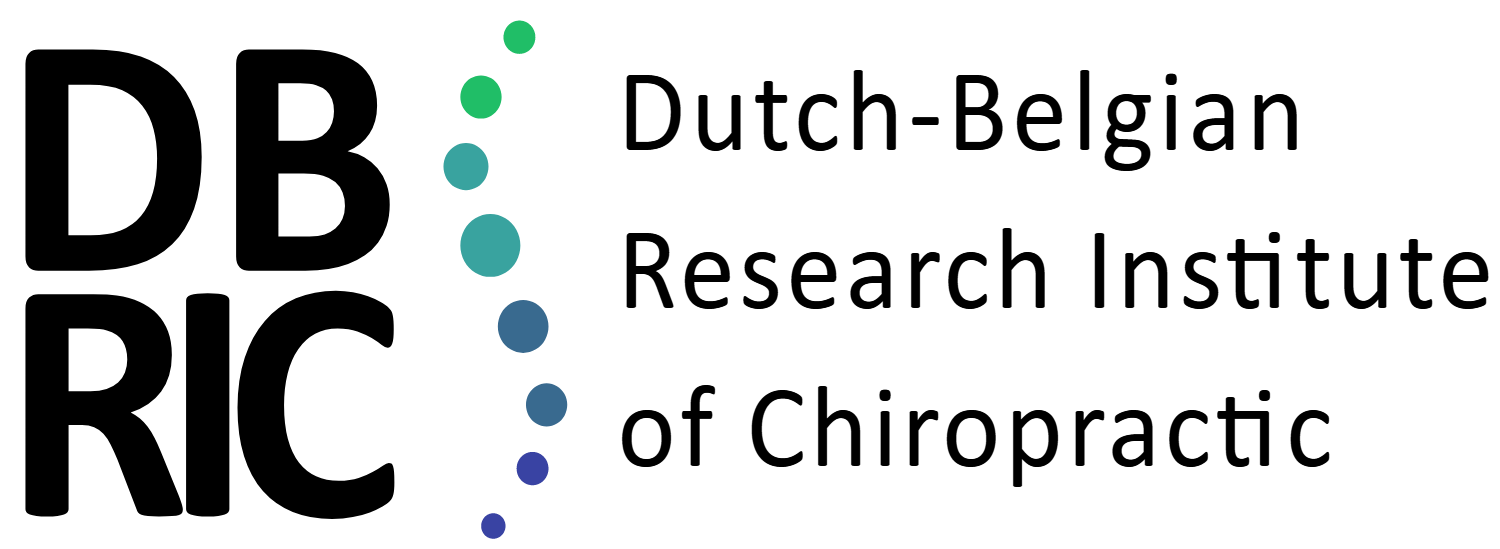Hello everybody,
In my last update to you all, I explained a little bit more about the difference between qualitative and quantitative research and how we have collected qualitative data during a focus group in November. Two months have passed and in these two months we did not twiddle our thumbs, but sadly not a lot of progress has been made. Research is not only collecting data and analyzing it, it is also a lot of organizing and bureaucracy. Always having worked in smaller clinics, I never knew the bureaucracy of big companies. The VU has now taught me about this. As we are working together with other service-providing companies and software providers, we constantly need to ask for permission from the university to use this. It has taken me 7 months of e-mailing back and forth between different companies, departments and people to make sure we can work together with one specific service-providing company. And still we are waiting for an answer from the legal department to be allowed to sign the data protection agreement. It has given me a lot of frustration and some grey hairs; I can tell you that.
Besides a lot of organizing, I have been finishing off our first paper of this project. This will be a protocol, which will tell everyone what exactly we are planning to do. But why do we want everyone to know this? Most importantly, we want transparency. Imagine we would have conducted our study but the results disappoint. Of course, this would not have a good influence on the field of chiropractic and therefore we could alter our methods to gain different results, that are hopefully more positive. Of course, this gives a wrong image of the actual results and does not make the published research trustworthy. For research to be trustworthy, we want it to be reproducible, repeatable and reliable. Therefore, publishing the methods before conducting the research gives credibility. First you thoroughly think your methods through and plan them ahead. If you later want to deviate from the initial plan, you can still do so, but you will need to explain in your published paper why you deviated from your initially published plan. This way it is harder to tamper with the results. Another reason to publish our methods in a protocol is because there is a maximum wordcount when publishing articles. By already describing the methods in detail in the protocol, we can avoid a whole lot of words in our other papers and have more space for the results and discussion.
However, besides all this, we have also analyzed the focus group I talked about last time. Processing the data of qualitative research starts by transcribing the interviews. In the past we wrote down the interviews word by word, and had colleagues help us doing so. In this project we have a budget to hire a company to do it for us. This saves a whole lot of time. For an interview of an hour, you easily spend a day transcribing it. Once we get the transcribed interview back, we check whether it has been transcribed well and at the same time code the transcript. All the interesting information that is mentioned in the interview gets a label. For example if a patient says: ‘I want to get rid of my back pain’, we can give this a label ‘seeking chiropractic care as solution for back pain’. This is open coding. After labeling all the interesting information, we start to organize these codes into code families. The code ‘seeking chiropractic care as solution for back pain’ and ‘Wants to prevent back pain by seeking chiropractor’ could be combined with many other codes into the code family ‘reason to seek chiropractic care’. This part is called axial coding. After axial coding we get to the final step: selective coding. Here we narrow the code families down to a (few) core themes. A theme ‘reason to seek chiropractic care’ could fit into for example ‘care seeking behaviour’. In our focus groups we are looking for the factors that people take into account when seeking care from an SMT practitioner. So these factors would be the themes we will find from the focus groups. Themes we would expect to find are for example ‘financial factors’ and ‘improvement in pain and function’.
In two weeks we will conduct the second focus group, this one will be held with patients. Once we coded this focus group, we can see whether new codes are still being identified. When we don’t identify new codes we can establish that we have reached data saturation: we are certain enough
that we have collected a complete set of data. With the complete set of themes, we can finalize our survey and can start conducting our next stage of the project.
The offer still stands: if anyone wants to be in contact to have more information about conducting research, don’t hesitate to reach out!
Warm regards,
Lobke De la Ruelle
l.p.delaruelle@vu.nl
X: @LobkeRuelle
